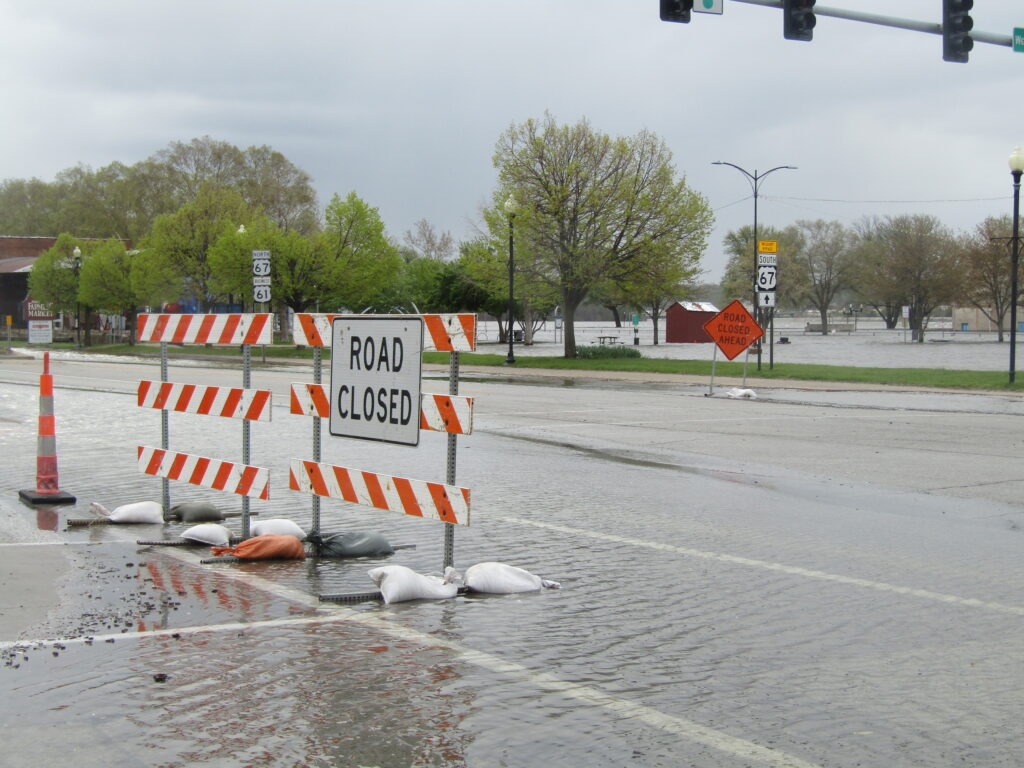PACE has ‘incredible impact’ in its first year in QC
Dave Thompson

Water from the flooded Mississippi River covers the road in downtown Davenport on Sunday, April 30. CREDIT DAVE THOMPSON
Thirty years after the Quad Cities and other river communities were inundated by the Great Flood of 1993, a quartet of U.S. representatives are championing a levee safety act to help prevent more such disasters.
Rep. Eric Sorensen, D-Moline, recently joined Illinois Rep. Darin LaHood, R-Peoria; Rep. Mary Miller, R-Oak Park; and Rep. Mike Bost, R-Murphysboro in introducing the Upper Mississippi River Levee Safety Act. (Find…

Get immediate, unlimited access to all subscriber content and much more.
Learn more in our subscriber FAQ.
Do you want to read and share this article without a paywall?
